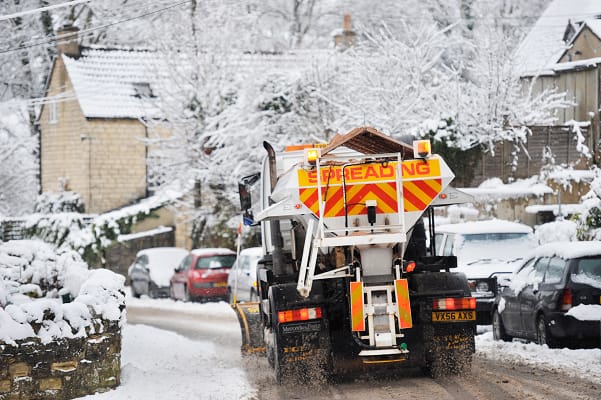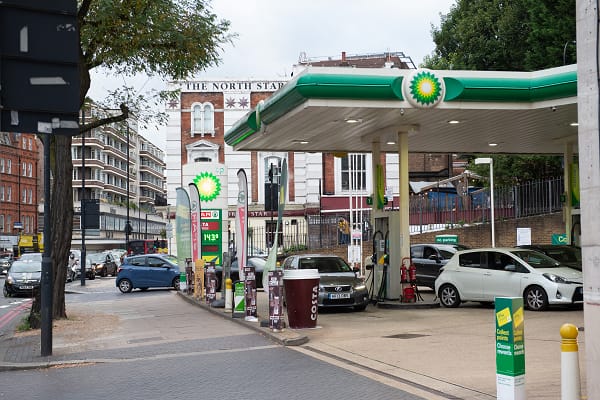Car insurance expert Admiral has revealed the true cost young drivers face to get on the road as part of its latest report on motorists under the age of 25 to highlight the financial hurdles they face.
Looking at the cost of lessons, insurance and how much young drivers are prepared to spend on their first set of wheels, Admiral has revealed that young drivers today are looking at forking out £9,136 in their first year on the roads.
Learning costs
Despite the high costs of getting on the road, the UK is the fifth cheapest place for learner drivers to get a lesson with an expert, with the average cost of a lesson £24, better value than in Singapore, New Zealand, Ireland, Australia, France, Germany, Sweden, USA and Hong Kong.
Once drivers in the UK have paid £34 for their provisional licence, it’s recommended they receive 47 lessons with a driving instructor. With an average fee of £24 that adds up to £1,128.
New drivers also have to pay up for the theory and practical test, bringing the total up to £1,247, assuming they pass first time.
Admiral’s latest report reveals that although almost half of drivers aged under 25 passed both their theory and practical driving tests first time, on average it takes young drivers two attempts at the practical test before they pass meaning these costs would rise.
The report also finds costs may vary by gender, with females more likely to pass the theory first time, and men more likely to pass the practical test first time.
Insurance costs
But gaining the licence is just the start of the motoring journey for those under the age of 25. Insurance is the next financial hurdle young drivers are faced with.
When it comes to claiming on insurance, the claim rate for young drivers is 27% higher than for drivers over 25.
Admiral data shows that one in five accidents involving young drivers results in an injury claim and that 30% of all injury claims involve a driver aged under 25.
The average annual insurance premium for a 17-year-old is £1,889. Men tend to pay more, with the average car insurance policy coming in at £2,294 for a 17 to 20-year-old male and £1,660 for a 17 to 20-year-old female in 2018.
Telematics (or black box) car insurance is one way young drivers can reduce their premiums as it monitors the way you drive as an individual.
Admiral reveals top 5 cheapest cars for young drivers to insure
| Car | Cost per year |
| Volkswagen Up! | £618.42 |
| Peugeot 107 | £628.04 |
| Citroen C1 | £632.14 |
| Fiat Panda | £635.25 |
| Volkswagen Fox | £638.20 |
Borrowing to buy
Admiral reveals that over half of young drivers use car finance to fund their car. While the most common monthly budget is between £200 and £299, almost a quarter (24%) of young drivers are happy to push that budget further being prepared to commit to over £500 a month on car finance to get the car they really wanted.
There is a substantial difference between the sexes when it comes to borrowing in order to finance a car. While the average car loan for female young drivers stands at £8,278, this jumps to £9,975 for men.
David Stevens, CEO of the Admiral Group is keen to see more innovation for young drivers to make it easier for them to get behind the wheel.
He said, “Young drivers often need to be able to drive to access the educational and employment opportunities that are vital to their future success, but the cost of motoring for young drivers can be prohibitive.
“We have already seen the rapid growth of telematics. The Association of British Insurers estimates that there are around one million policies in the UK helping young drivers get insurance at a price that treats them as individuals, rather than paying the price for other, less responsible young drivers’ behaviour on the road.
“This can only be the start though. There needs to be much more flexibility to meet the needs of young drivers. For example, we need the government to stop looking at car insurance as a nice little earner.
“The insurance premium tax has been cranked up repeatedly in recent years and this levy hits those who can least afford it the most, notably younger drivers, who typically pay the highest premiums. How can it be fair that an 18-year-old student must pay four or five times as much tax on top of his insurance premium than his 48-year-old father?
“A much fairer system worth considering would be a flat rate of tax, so all motorists pay the same amount regardless of the annual premium.”






Leave a Comment